Technology has truly transformed the way we watch wildlife. It allows us to observe animals closely without disturbing them. From high-resolution cameras to sophisticated drones, various tools have made wildlife watching more accessible and informative.
These technologies help us learn about animals in their natural habitats in ways we never could before. They also play a big role in protecting these animals and their environments.
This blog will explore different technologies that enhance our understanding of wildlife.
We will look at how each technology works and the benefits they bring. But, it’s also important to think about the challenges.
Sometimes, using technology can affect the animals and their homes. We need to find the best way to use technology wisely.
Let’s learn how technology helps us connect with the natural world while keeping wildlife safe.
Historical Perspective On Wildlife Watching
In the past, wildlife watching relied on patience and luck. People used binoculars and simple cameras. They had to wait quietly for hours to see animals.
This approach was slow and often disturbed wildlife. Observers had to get very close, which scared animals away.
Today, technology in wildlife watching has changed everything. High-resolution cameras capture detailed images from a distance. Drones provide aerial views without disturbing animals. GPS trackers and RFID tags offer real-time data on animal movements.
Satellite imagery shows large-scale migration patterns. These tools make wildlife watching more efficient and less intrusive. Now, we can observe animals in their natural habitats without causing them harm.
This shift has made wildlife watching easier, safer, and more informative for everyone.
Top 10 Technologies Enhancing Wildlife Watching
Technology has revolutionized wildlife watching. Cameras, drones, and tracking devices allow us to see animals like never before.
This section explores the top technologies that have changed how we observe wildlife, making it safer and more insightful.
1. High-Resolution Cameras
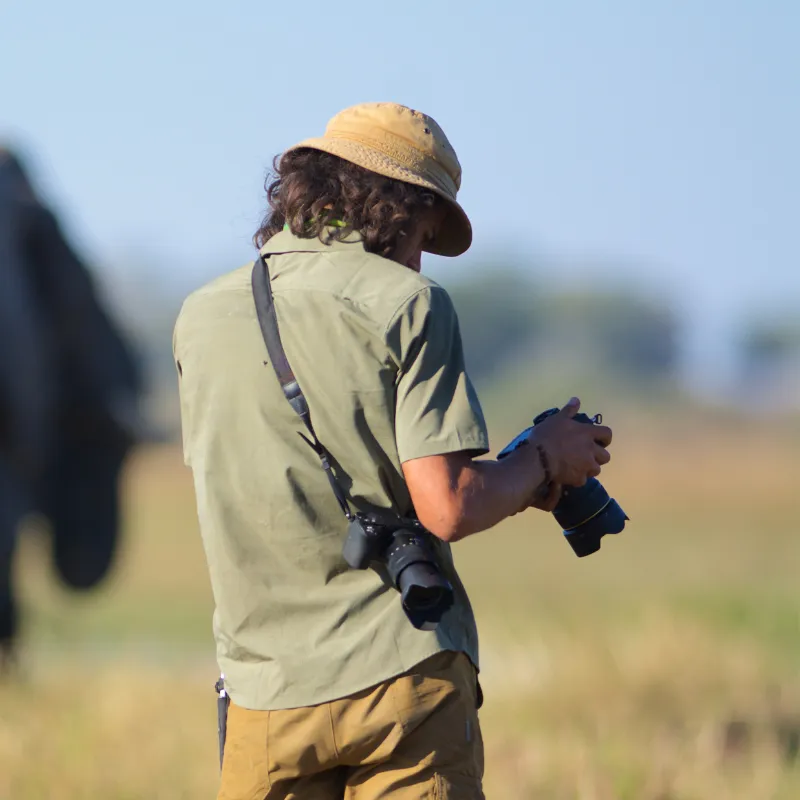
High-resolution cameras have transformed wildlife watching. These cameras capture sharp images and videos from a safe distance.
They allow us to see the fine details of animals without getting too close.
This is crucial in not disturbing their natural behaviors. With these cameras, we can observe rare and shy animals more easily. This technology provides a window into the lives of wildlife, offering insights that were once impossible.
We can now document animal behaviors and interactions in their habitats with minimal human impact. High-resolution cameras are key tools in both research and conservation.
Benefits
- Clear Images: Capture detailed images that help in identifying species.
- Less Disturbance: Watch animals without scaring them away.
- Rare Sightings: Spot and document elusive wildlife.
- Research and Conservation: Useful data aids in studying and protecting animals.
2. Drones

Drones have opened up new possibilities in wildlife watching. These flying devices can go where people cannot, reaching remote and sensitive environments with ease.
They fly above forests, mountains, and oceans, capturing images and videos from the sky.
This allows us to study animal populations and landscapes without making any physical contact. By using drones, researchers can gather data without harming the habitat or stressing the animals.
This technology is especially useful for monitoring large areas and tracking wildlife movements from a safe distance, providing a bird’s eye view of the natural world.
Benefits
- Access Remote Areas: Explore hard-to-reach places safely.
- Minimize Disturbance: Observe without impacting animal behavior.
- Comprehensive Data: Collect detailed aerial data over large areas.
- Monitor Health: Assess the health of habitats and animal populations.
3. Satellite Imagery

Satellite imagery has revolutionized our understanding of wildlife on a global scale. This technology captures detailed images of the Earth from space, allowing us to see vast areas all at once.
It is incredibly valuable for tracking wildlife migrations and detecting changes in habitats over time.
By analyzing these images, scientists can observe patterns that are invisible at ground level, like deforestation or seasonal changes. This big-picture view is essential for effective conservation planning and managing wildlife populations.
Satellite technology provides crucial data that helps in making informed decisions to protect our natural world.
Benefits
- Track Migrations: Follow large-scale animal movements accurately.
- Detect Habitat Changes: Notice environmental changes quickly.
- Global Reach: Monitor places that are hard to access.
- Conservation Efforts: Support global wildlife conservation strategies.
4. GPS Trackers
GPS trackers have become indispensable in wildlife research, allowing scientists to track animal movements with precision.
These small devices are attached to animals and provide real-time location data. Researchers can study how animals move through different landscapes and react to environmental changes.
This technology helps in understanding migration patterns, habitat preferences, and social interactions among wildlife.
GPS tracking offers insights into the daily lives of animals that are often hidden from the human eye, contributing significantly to our knowledge and the management of wildlife populations.
Benefits
- Detailed Movement Data: Provides precise tracking information.
- Behavioral Insights: Helps understand animal habits and social structures.
- Conservation Management: Assists in managing habitats and species protection.
- Study Remote Species: Tracks animals in inaccessible areas.
5. RFID Tags
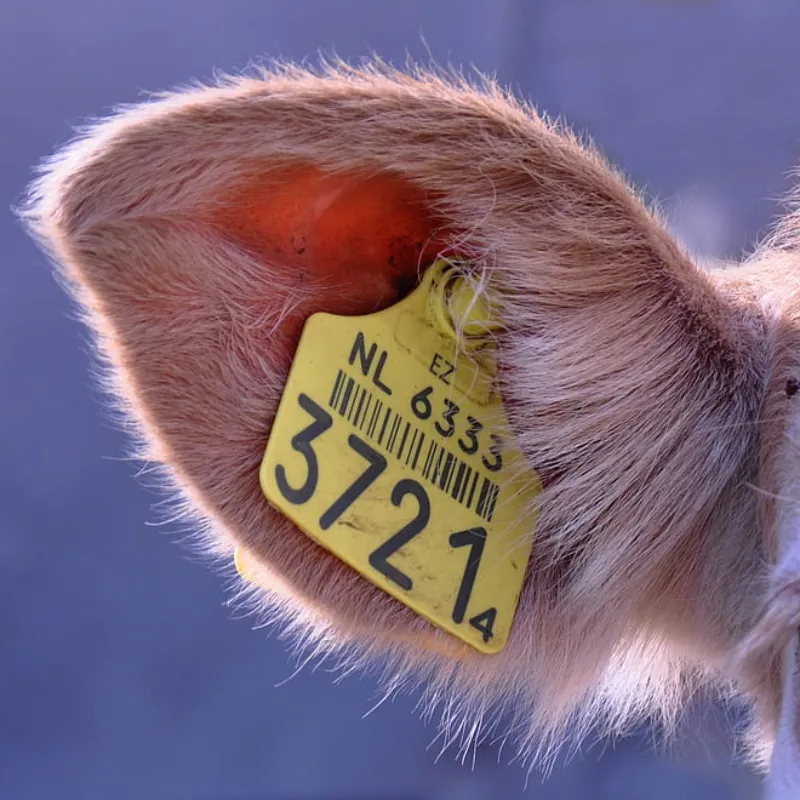
RFID (Radio Frequency Identification) tags are transforming wildlife research by offering micro-level insights into animal behavior.
These small devices are attached to individual animals, allowing researchers to collect data on their movements and social interactions within very specific areas.
This technology is particularly useful for studying animals in dense habitats like forests or urban environments, where traditional tracking methods may fail.
By using RFID tags, scientists gain a deeper understanding of how animals live, interact, and survive in their communities, enhancing our ability to protect and conserve diverse species effectively.
Benefits
- Micro-level Monitoring: Tracks precise movements and interactions.
- Enhanced Research: Provides detailed behavioral data.
- Improved Conservation Strategies: Informs better management and protection efforts.
- Non-intrusive: Minimally impacts the animals’ natural behaviors.
6. Thermal Imaging Cameras
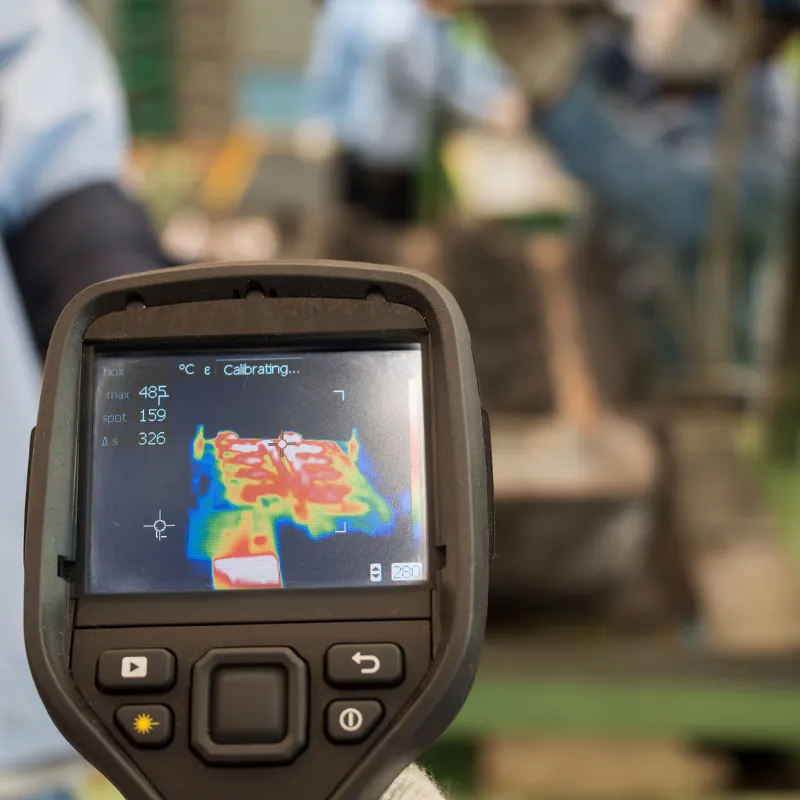
Thermal imaging cameras are a game-changer in observing nocturnal and elusive wildlife. These cameras detect heat emitted by animals, allowing researchers to see them in complete darkness or dense habitats.
This capability is crucial for studying species that are active at night or are naturally shy and difficult to spot.
Thermal imaging provides a unique perspective on the hidden lives of animals, revealing their behaviors, movements, and interactions without the need for visible light.
This technology ensures that wildlife watching and research can occur with minimal disturbance to the animals.
Benefits
- Nighttime Observation: See animals in the dark easily.
- Detect Hidden Wildlife: Find animals in dense environments.
- Minimal Disturbance: Observe without using artificial light.
- Enhanced Research: Gather data on elusive species’ behaviors.
7. Automated Recording Devices
Automated recording devices are essential tools for capturing the sounds and movements of wildlife. These devices are set up in natural habitats and activated by motion, allowing them to record videos and sounds when animals are present.
This technology is especially valuable for documenting rare or shy species that are seldom seen by humans.
Automated recorders can operate around the clock in various weather conditions, gathering crucial data without requiring constant human presence.
This method provides a continuous, unobtrusive way to monitor wildlife and contributes significantly to our understanding of animal behaviors and ecological dynamics.
Benefits
- Capture Rare Behaviors: Records elusive wildlife activities.
- Operate Continuously: Works day and night in any weather.
- Reduce Human Disturbance: Minimizes human presence in nature.
- Broad Application: Useful in diverse ecosystems and studies.
8. Mobile Apps

Mobile apps have democratized wildlife watching, making it accessible to everyone with a smartphone. These apps often include features like species identification, location logging, and real-time data sharing.
They encourage public participation in citizen science by allowing users to contribute to wildlife databases from anywhere.
This interactive approach not only educates people about local wildlife but also gathers valuable data for conservation efforts.
By engaging a broader audience, mobile apps foster a deeper connection between people and nature, enhancing awareness and promoting responsible wildlife observation.
Benefits
- Wide Accessibility: Anyone with a phone can participate.
- Engage Communities: Fosters interest in local wildlife and conservation.
- Collect Valuable Data: Helps build large-scale wildlife databases.
- Educational Tool: Teaches users about species and habitats.
9. Artificial Intelligence
Artificial intelligence (AI) is revolutionizing wildlife watching by processing complex data at unprecedented speeds. AI algorithms analyze images, sounds, and movement patterns to identify species and predict behaviors.
This technology enhances the accuracy and efficiency of wildlife research, making it possible to quickly decipher vast amounts of ecological data.
AI can identify subtle patterns that are difficult for humans to detect, offering new insights into animal behavior and environmental changes.
Its application ranges from automated species recognition in camera trap images to predictive analytics in migration patterns, greatly aiding conservation efforts.
Benefits
- Fast Data Processing: Analyzes large data sets quickly.
- Predictive Insights: Forecasts animal behavior and environmental changes.
- Enhanced Identification: Accurately recognizes species from images and sounds.
- Research Efficiency: Speeds up data analysis and findings.
10. Underwater ROVs
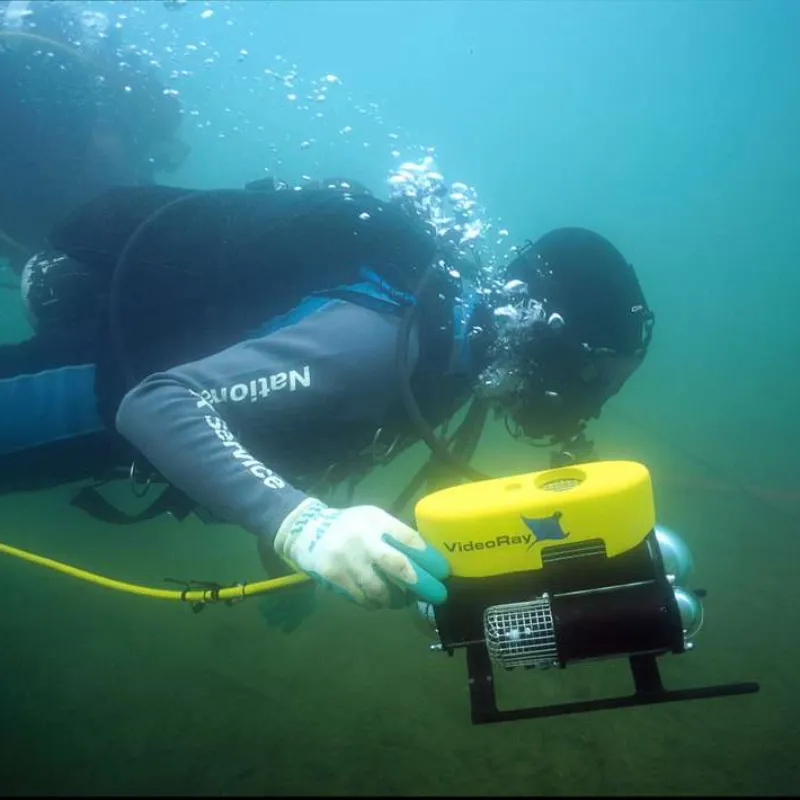
Underwater Remotely Operated Vehicles (ROVs) are crucial for exploring marine environments without disturbing them.
These sophisticated devices navigate waters where human divers cannot easily reach, capturing detailed images and videos of underwater life.
ROVs are particularly useful for studying deep-sea creatures, coral reefs, and underwater ecosystems that are sensitive to human presence.
This technology provides a safe and efficient method to observe and document marine biodiversity, helping researchers gain insights into underwater worlds that remain largely mysterious.
Benefits
- Access Deep Waters: Explores difficult-to-reach underwater areas.
- Minimal Disturbance: Studies marine life without physical interference.
- Detailed Documentation: Provides high-quality images and videos.
- Supports Research: Aids in marine biology and conservation studies.
Challenges and Ethical Considerations
While technology has greatly enhanced wildlife watching, it also presents challenges and ethical dilemmas. We must carefully consider how these tools affect animals and their environments.
Potential Drawbacks
- Wildlife Disturbance: Even non-intrusive technologies can affect animal behaviors. For instance, the noise from drones might scare wildlife, altering their natural behaviors.
- Dependency on Technology: There’s a risk that reliance on technological tools might overshadow traditional conservation skills and knowledge. This could lead to a loss of essential field expertise.
Ethical Dilemmas
- Balancing Technology and Conservation: It’s crucial to find the right balance between using technology and protecting wildlife. For example, while tracking devices provide valuable data, attaching them can stress animals.
- Privacy Concerns: Technologies like tracking and surveillance raise questions about the privacy rights of wildlife. We need to consider the ethical implications of constant monitoring.
- Impact on Ecosystems: Introducing foreign elements, like devices or drones, into natural settings might unintentionally impact other aspects of the ecosystem..
Final Thoughts
Technology has profoundly changed wildlife watching, making it more informative and accessible. It brings numerous benefits, from detailed observation to global conservation efforts. However, it’s essential to use these tools responsibly.
We must balance technological advancements with the welfare of wildlife and the integrity of their habitats.
By addressing the ethical concerns and minimizing disturbances, we can ensure that technology remains a force for good in wildlife conservation.
As we move forward, let’s embrace these innovations thoughtfully, always prioritizing the health of our natural world.

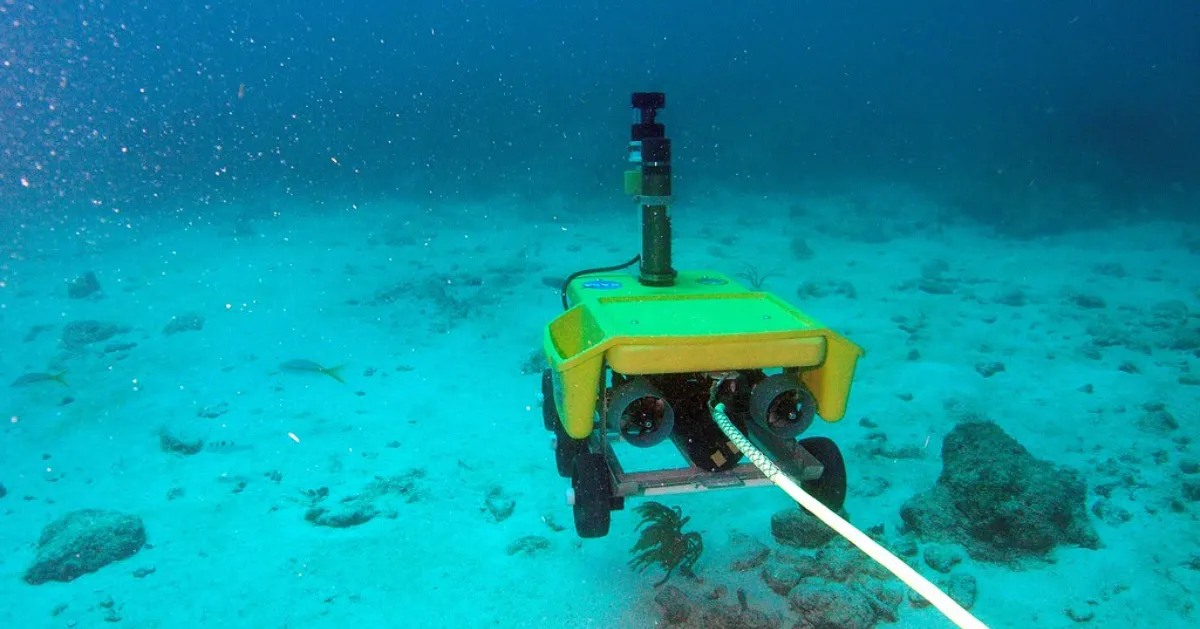









6 thoughts on “The Role Of Technology In Modern Wildlife Watching”
Love the section on High-Resolution Cameras, Julia! Upgrading my gear soon and this confirms I’m on the right path. Quick ques, any specific models you recommend for beginners but serious about wildlife?
Hey SkyWatcher22, not Julia, but I started with the Canon EOS Rebel series. Affordable and great for stepping up your photography game. You considered mirrorless?
Thanks, LensLover! Haven’t really looked into mirrorless, but definitely will now. Appreciate the tip!
Hey Julia, was reading about the drones and how they’re helping us watch wildlife better. Just curious, do they ever affect the animals’ behavior? kinda worried it might scare em off or something.
That’s a valid point. I think it depends a lot on how high they fly and the noise they make. There’s gotta be a balance.
It’s all about using tech responsibly. I believe most drone operators are aware and try to minimize disturbance. It’s all for the greater good of wildlife conservation!